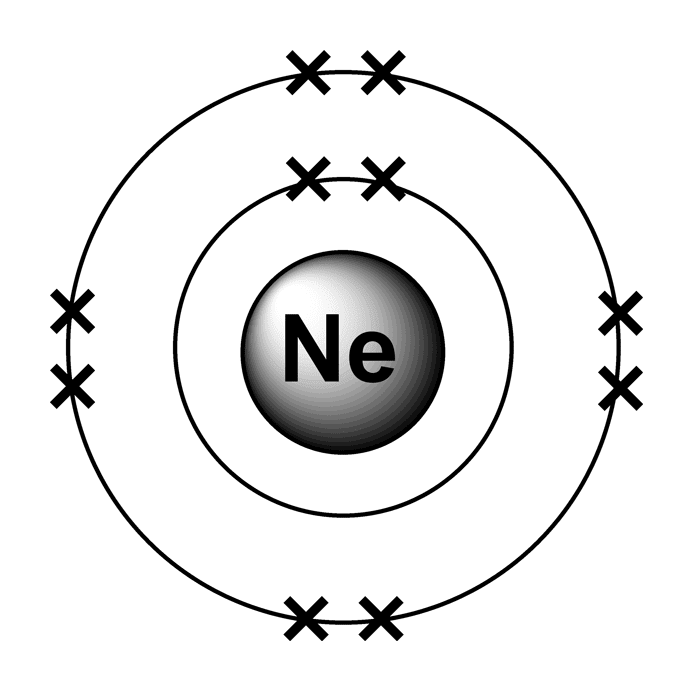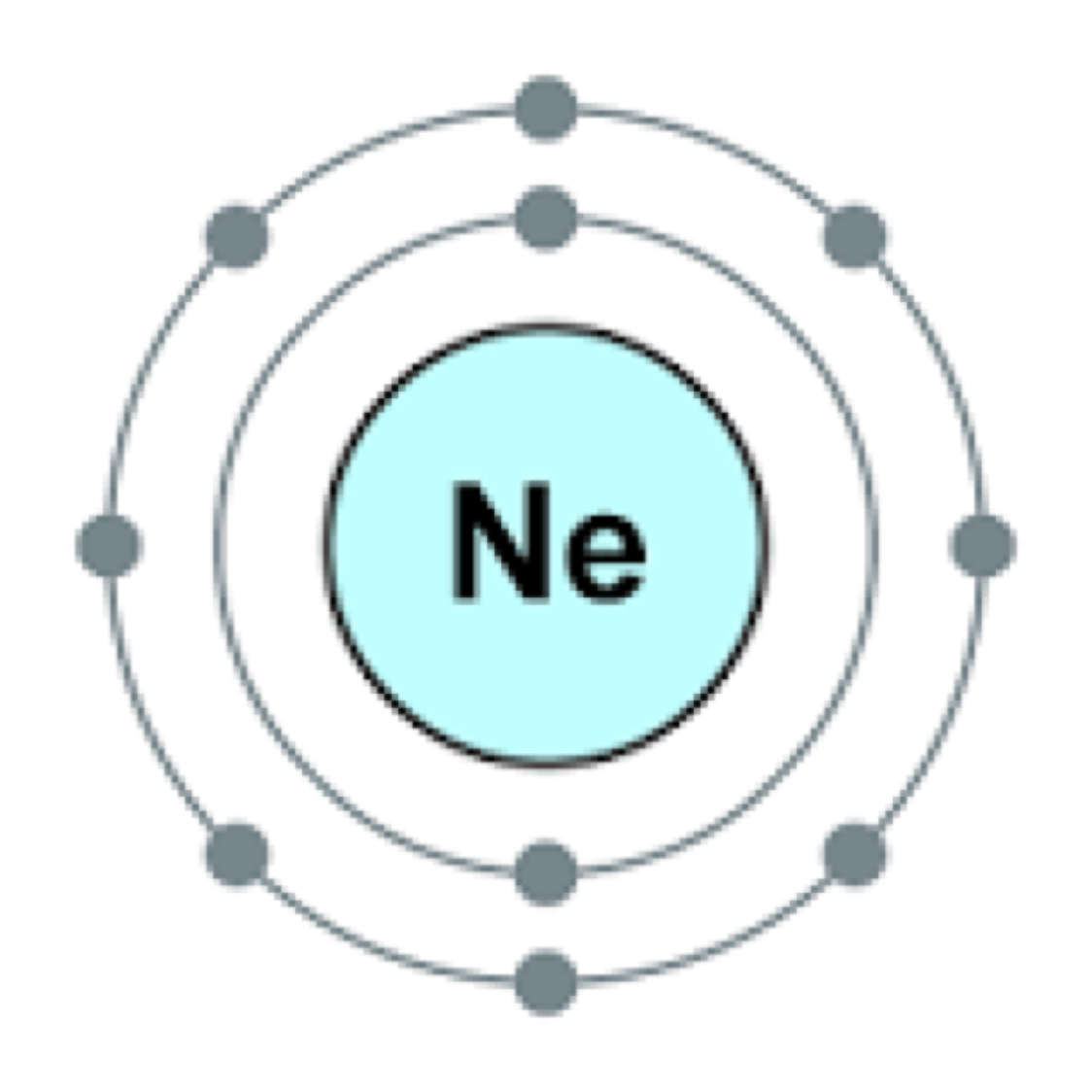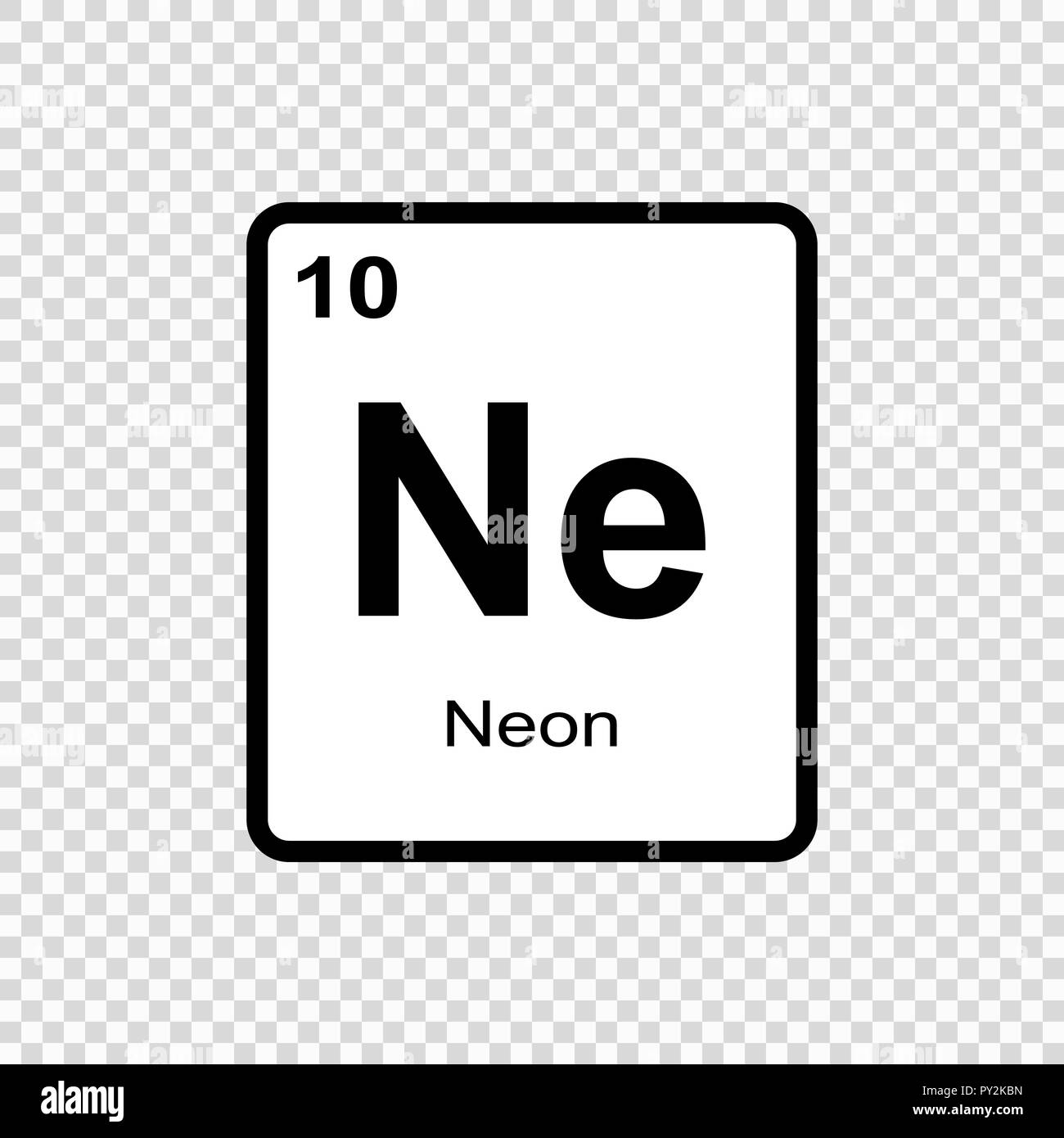

This affinity is known as the first electron affinity and these energies are negative. When an electron is added to a neutral atom, energy is released. To use electron affinities properly, it is essential to keep track of sign. Ne + e – → Ne – – ∆H = Affinity = - kJ/mol Electron affinities are more difficult to measure than ionization energies.Īn atom of Neon in the gas phase, for example, gives off energy when it gains an electron to form an ion of Neon. Note that, ionization energies measure the tendency of a neutral atom to resist the loss of electrons. In other words, it can be expressed as the neutral atom’s likelihood of gaining an electron. The change in energy (in kJ/mole) of a neutral atom or molecule (in the gaseous phase) when an electron is added to the atom to form a negative ion. HCP metals are not as ductile as FCC metals.In chemistry and atomic physics, the electron affinity of an atom or molecule is defined as: Metals containing HCP structures include beryllium, magnesium, zinc, cadmium, cobalt, thallium, and zirconium. However, unlike the fcc, it is not a Bravais lattice as there are two nonequivalent sets of lattice points. Hexagonal close packed (hcp) is one of the two simple types of atomic packing with the highest density, the other being the face centered cubic (fcc). The middle layer contains three atoms nestled between the atoms of the top and bottom layers, hence, the name close-packed. The top and bottom layers contain six atoms at the corners of a hexagon and one atom at the center of each hexagon. In a hexagonal close-packed (HCP) arrangement of atoms, the unit cell consists of three layers of atoms. These metals possess low strength and high ductility. Metals containing FCC structures include austenite, aluminum, copper, lead, silver, gold, nickel, platinum, and thorium. This structure, along with its hexagonal relative (hcp), has the most efficient packing (74%). In a face-centered cubic arrangement, a unit cell contains (8 corner atoms × ⅛) + (6 face atoms × ½) = 4 atoms. Face-centered Cubic.In a face-centered cubic (FCC) arrangement of atoms, the unit cell consists of eight atoms at the corners of a cube and one atom at the center of each of the faces of the cube.These metals possess high strength and low ductility. Metals containing BCC structures include ferrite, chromium, vanadium, molybdenum, and tungsten. The packing is more efficient (68%) than simple cubic and the structure is a common one for alkali metals and early transition metals.

In a body-centered cubic arrangement, a unit cell contains (8 corner atoms × ⅛) + (1 center atom × 1) = 2 atoms. In a body-centered cubic (BCC) arrangement of atoms, the unit cell consists of eight atoms at the corners of a cube and one atom at the body center of the cube. The three most common basic crystal patterns are: There are 14 general types of such patterns known as Bravais lattices. It is this repeated pattern which control properties like strength, ductility, density, conductivity (property of conducting or transmitting heat, electricity, etc.), and shape. The forces of chemical bonding causes this repetition. A crystal lattice is a repeating pattern of mathematical points that extends throughout space.

In metals, and in many other solids, the atoms are arranged in regular arrays called crystals. A possible crystal structure of Neon is face-centered cubic structure.


 0 kommentar(er)
0 kommentar(er)
